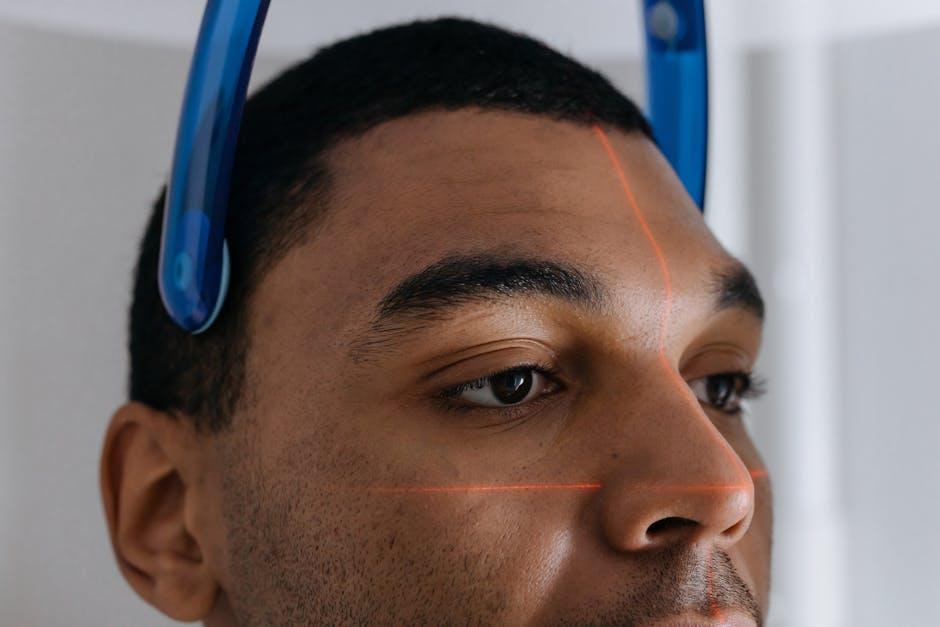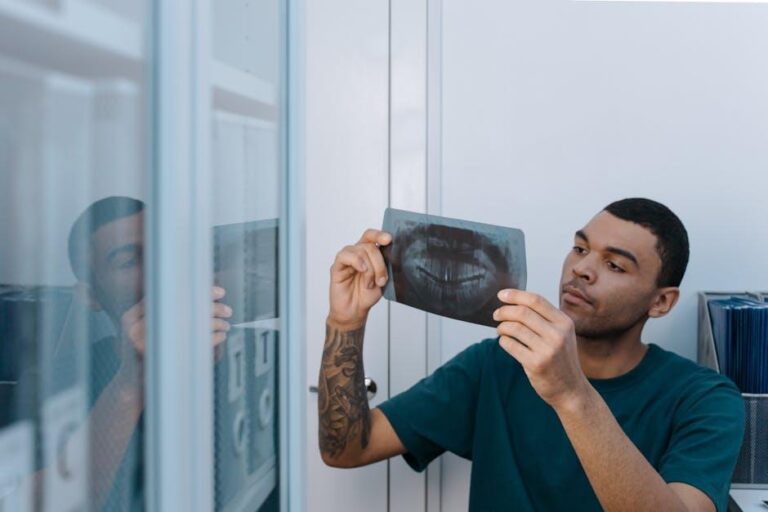
Dental Imaging Tech Boom: AI & 3D Scanners Reshaping the $6B Market – PR Newswire
The dental industry is experiencing an unprecedented technological transformation. With the rise of artificial intelligence (AI) and 3D scanning technologies, the dental imaging market, valued at $6 billion, is rapidly evolving. These innovations are dramatically improving diagnostics, treatment planning, and patient care, bringing newfound efficiency and precision to dental professionals worldwide.
Introduction: The New Era of Dental Imaging Technology
For decades, dental imaging played a pivotal role in patient care by enabling dentists to visualize oral structures. However, traditional 2D X-rays often fell short in delivering comprehensive insights into complex dental issues. The advent of AI-powered solutions and 3D scanners has transformed this landscape, offering richer, more accurate imaging with faster turnaround and less discomfort to patients.
The $6 billion dental imaging industry is now thriving on digital innovation, which is highlighted extensively in recent reports by PR Newswire. Let’s dive into how these groundbreaking technologies are reshaping the market and what it means for dental professionals and patients alike.
How AI & 3D Scanners Are Revolutionizing Dental Imaging
1. Artificial Intelligence in Dental Imaging
AI uses powerful algorithms and machine learning models to analyze dental images with unmatched speed and precision. These tools can detect caries, periodontal diseases, jawbone abnormalities, and even early signs of oral cancer, often before human eyes can.
- Automated Diagnostics: AI improves diagnostic accuracy by automatically highlighting areas of concern and minimizing human error.
- Personalized Treatment Plans: By analyzing past cases and outcomes, AI helps doctors tailor treatment strategies better suited to individual patients.
- Streamlined Workflow: AI integration speeds up image processing, letting dentists focus more on patient care rather than manual review.
2. 3D Scanners: A Leap Beyond Traditional Imaging
Unlike traditional 2D X-rays, 3D scanners generate comprehensive volumetric images, allowing practitioners to explore intricate dental and maxillofacial structures in every dimension.
- Enhanced Precision: 3D imaging avoids the distortions inherent in 2D images and reveals spatial relationships essential for complex procedures.
- Improved Patient Comfort: Digital 3D scanning is often faster and less invasive than conventional methods.
- Integration with CAD/CAM Technologies: 3D scans produce digital models that seamlessly connect with computer-aided design/manufacturing for restorations.
Dental Imaging Tech Market Overview & Growth Drivers
The latest market research highlights several factors accelerating growth in the dental imaging tech segment:
| Growth Driver | Description |
|---|---|
| Rising Demand for Minimally Invasive Dentistry | 3D imaging supports precise diagnostics essential for less invasive treatments. |
| Advancements in AI Algorithms | Continuous improvements in machine learning enhance diagnostic accuracy and workflow automation. |
| Patient Preference for Faster, Comfortable Procedures | Patients increasingly opt for dental offices offering cutting-edge imaging to reduce anxiety and improve outcomes. |
| Rising Adoption of Digital Dentistry | More clinics integrate digital tools, enabling a seamless imaging-to-treatment workflow. |
Benefits of AI and 3D Scanning in Dental Imaging
Incorporating these technologies into daily dental practice provides numerous benefits:
- Higher Diagnostic Accuracy: Detects issues early and reduces misdiagnosis.
- Efficient Patient Management: Faster image acquisition and processing cut chair time.
- Improved Communication: High-resolution 3D visuals enhance patient understanding and compliance.
- Reduced Radiation Exposure: Modern 3D cone beam CTs use lower doses compared to traditional scans.
- Custom Treatment Solutions: Digital data supports precise implant placement, orthodontics, and prosthetic design.
Real-World Case Studies: Transformative Impact of AI & 3D Imaging
Case Study 1: Early Caries Detection with AI Assistance
A dental clinic in New York implemented AI-powered software that analyzes bitewing radiographs. Within six months, they reported a 30% increase in early detection of cavities, reducing unnecessary drilling and improving patient outcomes.
Case Study 2: Complex Implant Planning Using 3D Cone Beam CT
A dental implant specialist used 3D scans combined with AI-assisted analysis to plan surgeries with pinpoint precision. This reduced surgery time by 25% and improved post-op healing due to accurate bone assessment and placement reliability.
Practical Tips for Dental Practices Adopting AI & 3D Imaging Tech
- Invest in Staff Training: Ensure your team is comfortable with new digital tools for smooth transition.
- Integrate Technologies Gradually: Start with AI diagnostics or 3D scanning individually before full integration.
- Partner with Reliable Vendors: Choose providers with strong support and proven results.
- Upgrade Office Infrastructure: Fast networks and computers enhance software performance.
- Engage Patients Using Visuals: Use 3D models to improve education and acceptance of treatments.
Conclusion: A Bright Future for Dental Imaging and Patient Care
The fusion of AI and 3D scanning technology is not just a trend but a fundamental shift in dental imaging. As these technologies continue to advance, they promise to make dental care more accurate, efficient, and patient-friendly—ultimately reshaping the $6 billion dental imaging market for the better.
For dental professionals eager to future-proof their practices, embracing AI-driven diagnostics and 3D imaging is a strategic imperative. Patients, on the other hand, will enjoy earlier diagnoses, personalized treatment, and enhanced dental health outcomes. The tech boom spotlighted by PR Newswire is just the beginning of a new era transforming how we see, plan, and deliver dental care.


